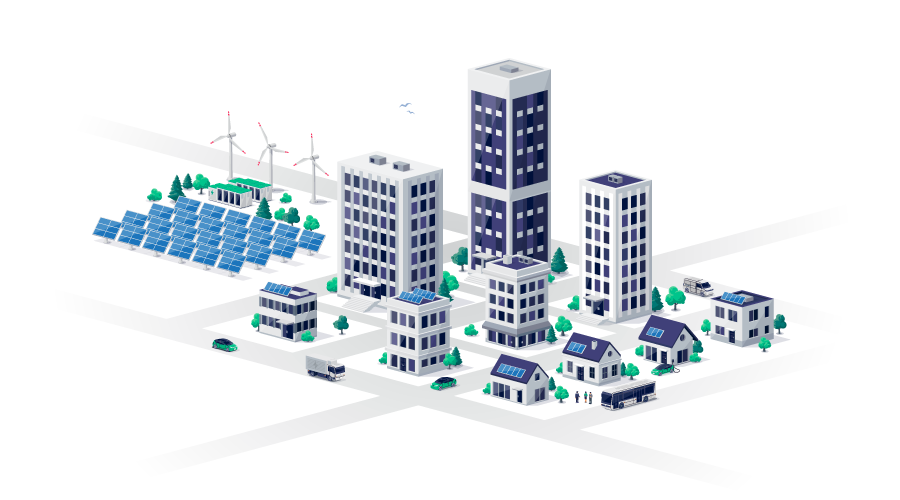Insulation Saves Energy, Complies with Building Codes
ASHRAE 90.1 and the International Energy Conservation Code (IECC) describe the minimum amount of insulation required in commercial buildings. These documents contain tables showing the minimum insulation requirements for pipes and ducts, as well as in roofs, walls, and floors.
Insulation can save a great deal of energy in buildings. For example, 1 inches of insulation can save 91 percent of the heat loss from a pipe carrying 350-degree water in a 75-degree room.
Although the temperature difference between the inside and outside of buildings is not large, the vast area of roofs and walls makes these components a significant target for energy savings with the use of increased insulation levels.
Because energy codes and standards set minimum insulation levels, most building engineers and managers do not have to deal with insulation until a problem develops. A common problem in institutional and commercial buildings is condensation created by insufficient insulation on chilled water pipes and ducts and in roofs and walls.
When left unaddressed, condensation problems can lead to mold growth. Water vapor flows from warmer, moister areas to cooler, dryer areas. Condensation and moisture damage result when warm, moisture-laden air contacts a cold surface with a temperature below the air's dew point.
Condensation tends to occur on chilled-water lines that do not have enough insulation to prevent water vapor from condensing on the surface. Condensation also can form if pipe-insulation systems have a faulty vapor-retarder jacket, which allows water vapor to penetrate and condense on the cold pipe.
It is important to install enough insulation so the surface temperature of the insulation jacket is above the dew point temperature of the air, but managers and technicians should be aware the insulation thicknesses in energy codes will not necessarily prevent condensation.
Adequate insulation is critical in warm, moist climates and when cold-water lines run through areas of the building containing moist, unconditioned air. It is just as important to properly install the vapor-retarder jacket to prevent water vapor from reaching the cold pipe surface inside and condensing.
Related Topics:














